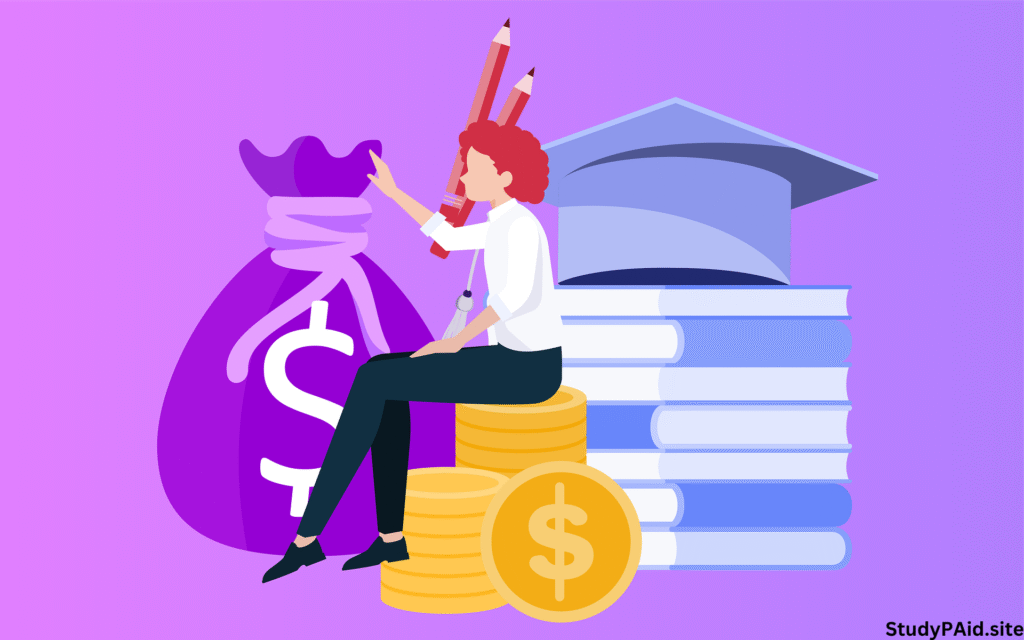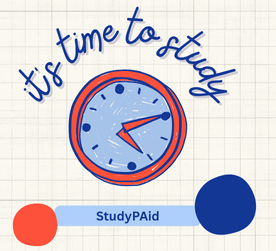Regrettably, more and more borrowers have been refused student loan IDR applications in the last few months due to regulatory hurdles, technical issues, or administrative delays, which is both sad and worrying. Income-Driven Repayment (IDR) programmes attempt to alleviate the burden of student loan payments by modifying monthly installments according on a borrower’s income and family size. But if their applications are postponed or rejected, millions of Americans would face financial and emotional difficulties.
Learn about the government and loan servicers’ actions to fix the issue, the effects on affected borrowers, financial protection measures, and the reasons behind the banning of student loan IDR applications in this article.
What Is an IDR Procedure?
First things first: make sure you know what an Income-Driven Repayment (IDR) plan is.
You may tailor your federal student loan payments each month with an IDR plan that takes into account your salary, family size, and state of residency. Some of the proposals include:
-
Income-Based Repayment (IBR)
-
“Pay as you earn” (PAYE)
-
The REPAYE system has been upgraded.
-
Compensation for Income-Contingent Loans (ICR)
Debt forgiveness is an option for debtors on an IDR plan after 20 or 25 years of qualified payments. Borrowers with lesser incomes may be eligible for IDR initiatives that reduce monthly payments to zero dollars.
For What Reasons Are Student Loan IDR Applications Being Rejected?
“Student loan IDR application blocked” is a common occurrence. There has been widespread consumer outcry from debtors who have been unable to enrol in or renew their IDR plan. Here are some common explanations:
1. System Backlogs and Technical Difficulties
Since the federal government began collecting payments for student loans again in late 2023, loan servicers have been overwhelmed. Massive delays have been seen across the board due to the high number of IDR applications, especially for the recently introduced SAVE plan. Some websites have gone down entirely, making it impossible to use IDR applications.
2. Incomplete or Wrong Applications
Applications that do not include the required documentation or contain incorrect information may be rejected. One example is the possibility of processing delays or perhaps blocking altogether if your IRS tax information is not connected.
3. Service Provider Mistakes
Loan servicers like as MOHELA, Nelnet, and Aidvantage have all been under scrutiny for how they handled IDR petitions. Inaccurate processing, delayed confirmations, and bad borrower communication have been the subject of several complaints.
4. Problems with Law and Policy
Legislative talks and subsequent court cases have further clouded some IDR-related processes. Legal disagreements have caused misunderstandings and technical delays in the application procedure, which has impeded the execution of the SAVE plan.
Impact on Owing Parties
Prohibiting IDR applications might have serious consequences:
1. Monthly Payments Raised
For debtors who are unable to recertify or enrol in an IDR plan, the Standard Repayment Plan is an option. However, this plan may lead to a substantial increase in monthly payments, often by hundreds of dollars.
2. Danger of Default
If debtors are unable to make income-based payments, they incur the risk of default, wage garnishment, or tax return seizures.
3. Absence from Forgiveness Programmes
Failure to make a payment or not being enrolled in an IDR plan may affect your eligibility for debt forgiveness programmes like PSLF or IDR-based forgiveness after 20-25 years.
What Options Do Borrowers Have If Their IDR Application Is Denied?
If your IDR application is currently giving you trouble, try these steps:
1. Make Sure Your Application Is Still Active
Go to your loan servicer’s website to see the current status. Loan applicants are still getting their applications processed, even if the site is “blocked” for them.
2. Contact the Loan Servicer
Make direct contact with a support representative. Although there may be substantial wait times, this is usually the fastest way to determine why your application is rejected.
3. Express Dissatisfaction
Send a formal complaint to:
-
The Federal Student Aid (FSA) programme
-
National Council on Problems with Consumer Credit (CFPB)
Resolution and the creation of a paper trail might be accelerated in this way.
4. Document Maintenance
Whether it’s via email, screenshots, or phone logs, document every discussion. You may be protected against errors or disputes in the future if you do this.
5. Ask for a Postponement or Partial Relief
While your IDR application is being processed, you may prevent default by requesting a temporary forbearance, albeit it is not recommended.
Our SAVE Plan and How It Works
“Saving on a Valuable Education” was the name of the new IDR project that the Biden administration unveiled. It offers faster forgiveness for certain borrowers and far lower monthly payments compared to the REPAYE plan.
Borrower account updates being delayed and applications being denied are additional problems that have arisen throughout SAVE’s deployment. Because of these problems, the denial of student loan IDR applications has become even more common.
Supervision and Intervention by the Government
The problem has been recognised and is being addressed by the Biden administration and the Department of Education:
1. Monitoring Lenders Who Provide Credit
The Department of Education is implementing strict measures on loan servicers as a result of their poor performance. An increase in both oversight and sanctions has resulted from borrower concerns.
2. Modifications to the IDR Fund
In 2024 and 2025, borrowers who did not have an IDR plan will have their payments for prior months refunded by a one-time adjustment to their IDR account. The hope is that this will rectify years of incompetent leadership.
3. Expanding SAVE Eligibility to More Individuals
The SAVE scheme is automatically enrolling more debtors to reduce the need for human intervention and eliminate any roadblocks.
Internet Marketing Guidance
Looking for further resources or information online? These SEO-optimized search keywords can be helpful:
-
“What is causing my 2025 IDR application to be blocked?”
-
“Potential problems with the IDR SAVE program’s ‘loan for students'”
-
“How to resolve the pending IDR application status”
-
“Workaround for IDR forgiveness blocked applications”
-
“The best way to address an IDR issue with a student loan servicer”
Applying these specific search phrases can help you find real-time forums, official updates, and borrower experiences that are similar to yours.
Looking Ahead: Will This Problem Get Solved?
Despite the Department of Education’s assurances that they would resolve the issue of refused student loan IDR applications, the problem is not going away soon. Even though the system is currently saturated, many service providers are struggling to satisfy demand.
However, there are a few signs that are promising that things are getting better:
-
In order to reduce the likelihood of human error, automated processing is being used.
-
Legal issues related to the IDR proposal are being addressed.
-
An increase in support staff is underway to deal with the surge of applications.
Final Thoughts
The systemic problems plaguing the US student loan service business are more than just a temporary glitch; they manifest as the blocking of student loan IDR applications. Borrowers should take the initiative to monitor their loan status, communicate with their servicer, and, if necessary, maintain the pressure by filing formal complaints.
Above everything else, keep going. These repayment plans are meant to help, and if you keep at it, you can obtain the relief you deserve and need.
